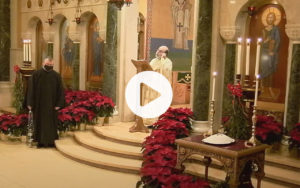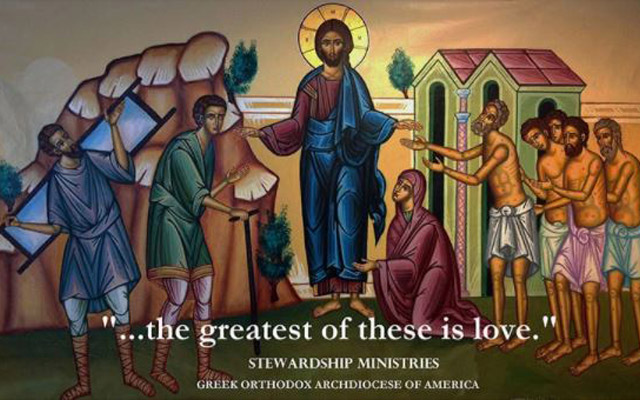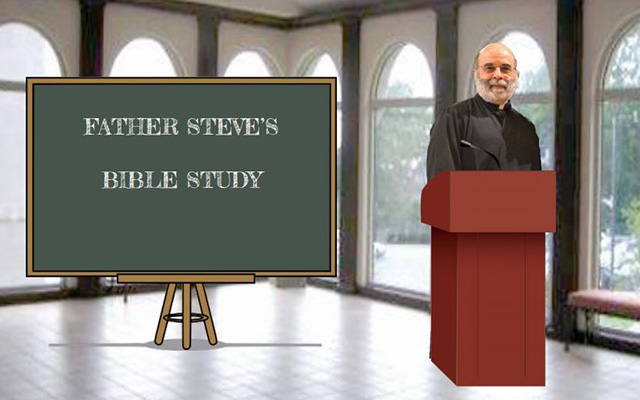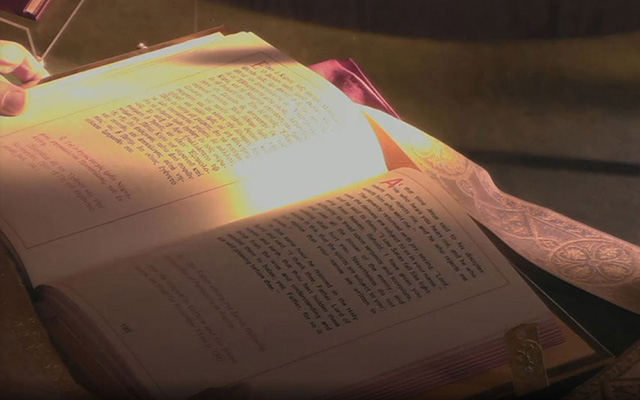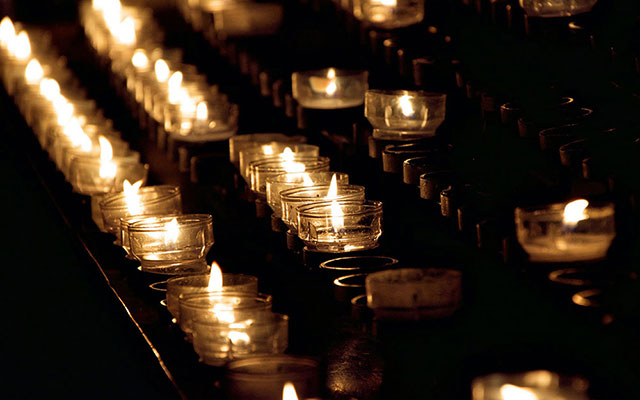The Three Saints of Pain and Hope
Published by Pemptousia Partnership, November 29, 2017 Dr. Nikolaos Koios, Content Coach of Pemptousia It’s a profound conviction of the Orthodox Church that every epoch has its own saints and there’s not a single age without them. In every era, the saints are proof and demonstration of the grace of Christ, the love of the Father and the communion of the Holy Spirit, in place and time, among us. When saints leave this earth for their


